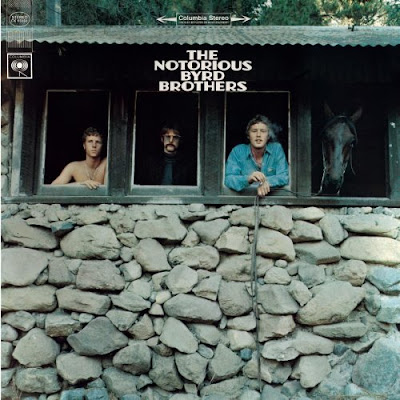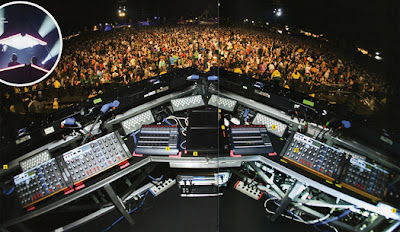This system has 2 VCO's, 2 VCF's, 2 VCA's, 4 EG's and 2 LFO's
Includes:
112 Dual VCO
This module contains two independent VCOs with expanded features; both have a range from 32' to 2', three modulation inputs, and a sync input and output. Three waveforms are available, as is Pulse Width Modulation. These VCOs are pretty stable, with a very wide range. If they are cross-synced at their higher ranges, they make a nice impersonation of FM synthesis
121 Dual VCF
Each VCF is a -24dB/octave low pass type with a built-in, fixed, high-pass filter that's switchable between three cut-off frequencies. Each VCF has cut-off frequency resonance sliders that can send them into oscillation. With a beautiful high end and a gut-rumbling low end, these VCFs sound incredibly rich and musical compared to most digitally generated filters. Use two in series, set to a different cut-off frequency, for an even deeper effect
130 Dual VCA
Each VCA can be switched between linear and exponential modes for different amplitude curves and percussive effects when used with the EG. Each has an initial gain control, which also allows the VCAs to be used without a modulation input
& Two 140 Dual EG + LFO's
This module provides two ADSR EGs and a single LFO (with five selectable waveforms)
& 191-J Five Module Rack
Originally, the racks came as self-assembly units. The rack contains the power supply, connectors and front-panel 36-jack patchbay. The front panel also featured two pairs of lined mini and standard jack sockets that are connected to two phono sockets at the rear. The sockets on the rear of the racks often get overlooked but can be very useful for linking signals to other racks and saving on patch cords
Also includes the Screws for mounting the Modules to the Rack & The Hard to Find 8 Pin Din Cables to connect the Modules to the Rack (may not be original Roland cables)"
System 100m on Matrixsynth




















































